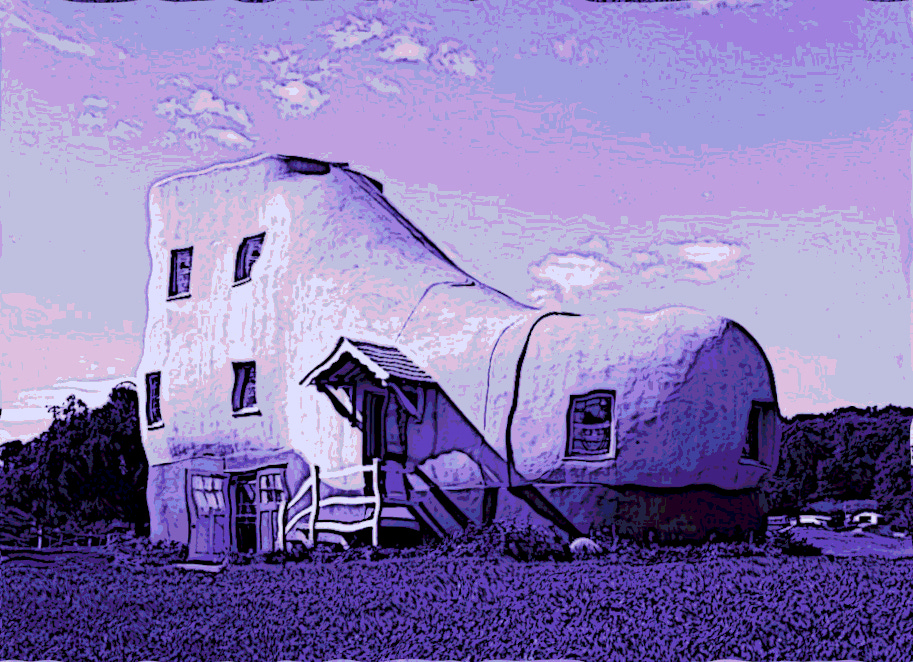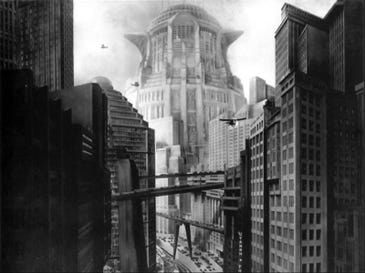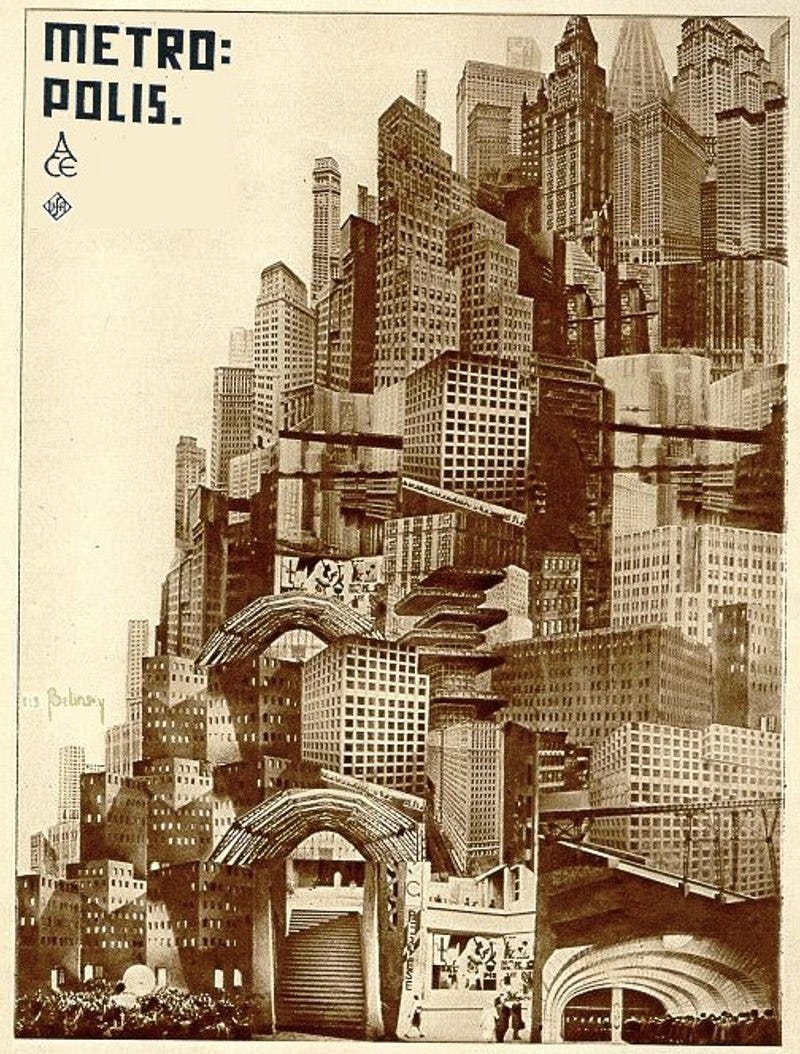Nursery Rhymes Contemporized (No. 3)
There Was an Old Woman Who Lived in a Shoe
It was a nice old shoe.
It wasn't modern and it didn't have the newest appliances and the roof leaked when it rained. But it was her shoe situated on a small plot of land and she had lived there all her life.
There were other shoes on the same block - white shoes, black shoes, brown shoes, moccasins, boots and ballet slippers - and other old people lived in them, too. The old woman had grown up knowing everyone in her neighborhood and everyone knew her, too.
Times changed.
Eventually, the old woman's many children grew up and moved to San Francisco, New York, London, Austin, Berlin, Boston and Paris where they led single lives of hyperactive careerism working long hours for multi-national corporations that skimmed peoples' personal information off the Web and then marketed that data to other multi-national corporations so that they, in turn, could create marketing profiles and sell advertising to still other multi-national corporations.
The old woman spent most of her days gardening, caring for her several cats, mending socks, sewing sweaters for her dogs, launching DDoS attacks against the multi-national companies that her children worked for, creating software viruses, and baking cookies. She was contented.
Her neighbors eventually died, or sold out to shoe-flippers or lost their shoes when they couldn't pay their bills.
Soon, real estate speculators began to call on the old woman at all hours of the day. They were willing to buy her shoe-house "as is" without any real estate sales commission. The old woman told them to get lost. But no sooner did one speculator "get lost" than another one would call.
Eventually, the City where the old woman lived decided to "revitalize" the city. In conjunction with its "local growth coalition" (the constituents of which make lots of money on urban renewal projects), the city council voted to promote new neighborhood villages comprised of tiny look-alike 3D printed tiny homes where people could walk to their jobs, walk to local grocery stores, walk to museums, walk to tony upscale restaurants, and drink expensive lattes at Starbucks coffee shops located at every street corner, all of them just a few minutes' stroll away from home.
The urban renewal project would be one of those public-private partnerships in which the City would absorb, through subsidies, tax rebates and incentives, much of the cost and risk of development, while the private sector would get all the profit. In theory, the City, over time, would reap tax benefits from high-tech companies moving downtown and the increased bustle of young and affluent urbanites who otherwise could not afford to live in the City.
In reality, the young urbanites could not live in the City because their corporate employers did not pay them enough to afford the rising cost of living that, in turn, was caused by the high-tech companies locating downtown. So, in effect, the City was helping to build low-cost barracks and company towns for corporations so that the corporations would not have to pay more to its workers so they could afford the rising cost of living created by these same corporations.
It was complicated, the experts said, as they waved their hands, and used complicated language and sophist arguments to make everything seem even more complicated. But, ultimately, because every other city was building public-private urban villages, this City, too, had to do so or else the big corporations would move away. Or so they said. So the old woman's shoe simply had to be swept away along with all the other single-family shoes in town.
The old woman, however, knew that all these tiny urban houses would be similar to suburban tract housing made of ticky-tacky, just like that folk song from the 1960s. The old woman understood that all the City was doing was rebuilding the same type of cramped inner city tenements that her parents had fled ages ago, brownstone tenements that had been built back then to house the workers for low wage employers. The old woman remembered that her immigrant parents couldn't wait to get out of their inner city tenements where everyone lived on top of everyone else and you could smell what everyone was cooking, where you could hear every argument, every squeaky bed, every flushing toilet and every child's shout and cry. The old woman remembered that what she really wanted was to get away from the noise and smells and get a little piece of land for herself and a bit of space and privacy, even if all she could afford was a big old shoe.
The old woman pointed out to anyone who would listen that many peoples' "jobs" were no longer downtown anyway.
She explained to anyone who would listen that the downtown high-rise office towers were almost empty - many folks now preferred to work from home because few of them liked commuting or dealing with day-care or paying for expensive parking or dealing with noise or worrying about criminals and drug addicts.
And, she pointed out to anyone who would listen, that many local shops in her neighborhood had already gone out of business because they could not compete with Amazon or Walmart.
Furthermore, she told anyone who would listen, that all of the local restaurants were already so expensive that none of her working class neighbors could afford to eat at them.
She explained to anyone who would listen, that families and local schools were the key to vital neighborhoods and cities.
She told anyone who would listen that the City's urban villages would make the neighborhoods good only for single, hyperactive careerists like her own grown up children, and they were just nomads who felt no sense of belonging or loyalty to anywhere and were just moved about from place to place by their corporate employers like high-salaried pawns on a global chessboard.
But nobody among the decision-makers in the City listened or paid any attention to the old woman because, obviously, she was just "old" and "crazy," and because "progress."
The City then banned the construction of single family homes and upzoned her neighborhood from single family residential (or one family per shoe) to multi-family shoeboxes.
Soon, swarms of tiny shoeboxes - fourplexes, fiveplexes, twelveplexes, twentyplexes and hundredplexes - started to spring up all around the old woman's neighborhood on what used to be single residential lots. They were all made out of ticky-tacky and they all looked just the same.
Most of the new shoeboxes were bought with cash by big money investors who, by paying cash, drove up the prices and drove out people who had to borrow money from the banks at high interest rates and go into serious debt to buy a home. The investors then rented the tiny new shoeboxes to working class folks who no longer could afford the cost of buying their own homes.
Whether people had to pay high rent or had to take on enormous mortgages, it created even greater economic insecurity than before among those who lived there. This led (as intended) to a fearful, compliant and docile work force. Moreover, the workers knew that, saddled as they were with deep debt or rent, if they got "uppity," then their jobs might be out-sourced elsewhere at lower cost; or, robots and AI might replace them altogether.
The investors themselves didn't live in the tiny new shoeboxes they owned, but, instead, bought luxury yachts and lived in palatial homes in tax-free zones in the Caribbean or on the Mediterranean.
Other investors bought up new residential shoes and then turned them into AirShoeBoxes that they leased to tourists or people who wanted to host wild parties without trashing their own soles.
The empty storefronts that once had been occupied by local businesses were now occupied by national chain stores just the same as the national chain stores in every other city.
Still, even as the neighborhood changed and became much more dense, the old woman hung on and lived in her big old shoe. Nevertheless, real estate taxes rose to reflect the property's highest and best use as high-rise multi-family residential units. That meant that the old woman's meager fixed income of Social Security, the few bucks of interest she earned on her pass-book savings account, and the small change she made selling hacked corporate data on the Dark Web were insufficient to both eat and pay the taxes.
Soon, the neighborhood was populated by people who had become depressed, economically stressed and burned out. The City then decided to concentrate Social Services in the old woman's neighborhood because there were so many people living there who were depressed, economically stressed and burned out. Those concentrated Social Services, in turn, attracted still more people from elsewhere who were also depressed, economically stressed and burned out. It also attracted the criminal parasites that preyed on people who were depressed, economically stressed and burned out.
Soon, the neighborhood was overrun with people who were depressed, economically stressed and burned out as well as overdosed and inebriated people who passed out or camped in tents on the sidewalk. But the City, in response to the old woman's demands that it clean up the neighborhood, instead threatened to prosecute her for offending the sensibilities of people who were "in crisis," even though the "crisis" the people were in had been created by the City's own policies.
By this time even the national chain stores had closed and moved out. The only neighborhood storefronts were dirty needle exchanges, cheap bars, liquor stores, pot shops, self-serve laundromats and pawn shops with iron bars on the windows.
At night, there were fights and loud arguments in the street. Cars with darkened windows would slowly cruise by and sometimes people in the cars would shoot at one another.
The old woman would call the police, but the police never came. If they did come, it was the next day when no one was around.
The old woman wrote letters to the City Council asking them to do something or she would have to do something herself, which she assured them she would, because the old woman had once been a drill sergeant in the Army a long time ago and she could still shoot a fly off a bear's nose at 100 yards. Her letters, in turn, caused the City to get a court order to take away her guns. But after that, the police still would not come.
So the old woman finally gave up and sold her big old shoe to the developers.
Where the old woman's shoe house used to be is now a ten story apartment building with three hundred 60 square foot ticky-tacky micro-apartments. On the ground floor is a dirty needle exchange, a cheap bar, a liquor store, a pot shop, a self-serve laundromat and a pawn shop with iron bars on the windows.
As for the old woman who used to live in a shoe, she now lives in a nursing home. After the first two months, her nursing home costs were not paid by Medicare, nor were the deductibles for her daily diet of pills and medical procedures. So all of the money the old woman made from selling her big old shoe to developers eventually went to pay the nursing home, the hospital deductibles and the pharmaceutical companies for her daily dose of 75 medications, each pill counter-acting the side-effects of another pill.
The old woman now lives on welfare in a double-occupancy shoe-box and spends her days watching daytime television and staring out the window at other old women in another wing of the nursing home living in double-occupancy shoe-boxes.
* * * * *
ALTERNATIVE REALITY OPTION:
The original "contemporized" story about the old woman who lived in a shoe ends here. Like all such "children's stories," there's a cautionary moral in the Grimm ending.
But the old woman is clearly an adult, not a child, so this is more a tragedy than a fairy tale. All Greek tragedies end with the hero's demise (theoretically leading to social and spiritual catharsis). But that doesn't mean our heroine has to go down, too. After all, she wasn't dipped by the heel in the River Styx, she has no intention of being carried home dead on her shield, and her task is several notches harder than the twelve of Hercules. So we offer, instead, an alternative, La Marseillaise type ending, if you like, and you can vote in our poll for the one you prefer.
[Optional Ending]
But the old woman was tough as shoe-leather. She persisted. She refused to sell her sole. Old age was emancipating and freed her from fear. She would fight to preserve what was left of her neighborhood even if the City would not.
She reached out to and organized all the other old people who lived in the remaining shoes around town. They did not "protest" or "march" or "write to their representatives" because, as they all knew, protest was futile and marches just wore out their own heels without treading on the real heels.
Instead, the old woman shined her shoe story on Substack and began a world-wide campaign to connect with others around the World whose homes and neighborhoods are also jeopardized by the same economic parasites. The old woman hoped to spark something, kick something up here, there and everywhere.
The old woman is still here, living in her neat and tightly-laced shoe-house, waiting, agitating, reaching out, organizing, kicking back. She's put her foot down and is determined to give the bad actors the boot.
Will she outlast the developers? Will she be forced to sell out and move out?
It's still too early to tell when... and how... this last shoe will drop.
* * *
NOTES:
Illustration No. 1 (top shoe): Top Photo: Eliott, Joseph (1999) - https://www.loc.gov/pictures/item/pa3974.photos.202918p (Modified in GIMP) Public Domain - The Haines Shoe House is a shoe-shaped house in Hellam Township, Pennsylvania, 1948 by shoe salesman Mahlon Haines. New construction cost: $26,000. Now offered as a rental home for up to 6 people.
Illustration No. 2: "New Tower of Babel" A screenshot from the film Metropolis (1927) (Public Domain). 1927 sci-fi film directed by Fritz Lang, written by Thea von Harbou.
Illustration No. 3: Poster for the 1927 film Metropolis. Boris Konstantinowitsch Bilinski, Public Domain File:Boris Bilinski (1900-1948). Created: 1 January 1927. The City depicted in this poster bears an eerie resemblance to downtown Seattle, WA, 2023.
Pick an Ending:






I am willing to buy your sole "as is" without any commission (aha ha ha!). Contact Lucifer@InfernoRE.Hades